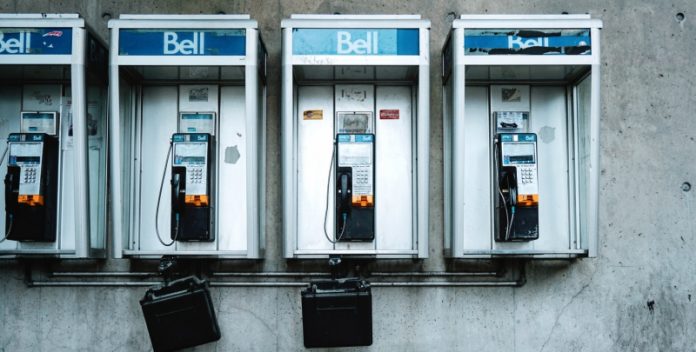The pound traded higher versus the dollar for much of Tuesday’s trading session. However, towards the close of the day, the dollar picked up. This meant that the pound US dollar exchange rate ended the session close to even, in the region of US$1.3250.
| What do these figures mean? |
|---|
|
When measuring the value of a pair of currencies, one set equals 1 unit and the other shows the current equivalent. As the market moves, the amount will vary from minute to minute. For example, it could be written: 1 GBP = 1.28934 USD Here, £1 is equivalent to approximately $1.29. This specifically measures the pound’s worth against the dollar. If the US dollar amount increases in this pairing, it’s positive for the pound. Or, if you were looking at it the other way around: 1 USD = 0.77786 GBP In this example, $1 is equivalent to approximately £0.78. This measures the US dollar’s worth versus the British pound. If the sterling number gets larger, it’s good news for the dollar. |
Early on, pound traders cheered news that the UK service sector grew more than what analysts had expected in September. The news was particularly encouraging for traders after weak UK data from the manufacturing and construction sectors earlier in the week. However, despite the solid headline number for the service sector, there were a few areas of concern. These concerns stemmed from the fact that new order volume in the service sector was at its lowest for a year, and that business confidence remains at a 6-year low due to uncertainty caused by Brexit. Therefore, the pound rallied following the release, however these lingering issues of concern prevented the rally from really taking off.
| Why does strong economic data boost a country’s currency? |
|---|
| Solid economic indicators point to a strong economy. Strong economies have strong currencies because institutions look to invest in countries where growth prospects are high. These institutions require local currency to invest in the country, thus increasing demand and pushing up the money’s worth. So, when a country or region has good economic news, the value of the currency tends to rise. |
The UK economic calendar is very light today, so investors could continue to deal with UK Prime Minister Theresa May’s speech at the Conservative Party Conference. There was little substance to the speech to drive pound trading; and with no real mention of Brexit, the pound was trading only marginally lower towards the end. It seems that the speech could stand out more for issues concerning how it was delivered than anything else, which could continue to keep doubts over May’s leadership ability alive.
Dollar loses its fizz despite strong US data
The dollar initially eased back on Wednesday as reports surfaced that Fed Governor Jerome Powell was more likely to be the favourite candidate to replace Federal Reserve Chair Janet Yellen when her term finishes in February next year. Between the two candidates, Jerome Powell or Kevin Warsh, Powell is considered by most to be the more “dovish” or more conservative of the two candidates. This means, should he get the role, he could look to slow the pace of interest rate hikes down. This weighed on the sentiment for the dollar.
| Why do raised interest rates boost a currency’s value? |
|---|
| Interest rates are key to understanding exchange rate movements. Those who have large sums of money to invest want the highest return on their investments. Higher interest rate environments tend to offer higher yields. So, if the interest rate or at least the interest rate expectation of a country is relatively higher compared to another, then it attracts more foreign capital investment. Large corporations and investors need local currency to invest. More local currency used then boosts the demand of that currency, pushing the value higher. |
The Powell-inspired slump in the dollar was capped by another round of strong US economic data. The US service sector grew at its strongest pace for 12 years. Meanwhile the private sector added 135,000 new jobs, ahead of the 125,000 jobs that city analysts had forecasted. Attention will now turn to jobless claims and US factory orders, ahead of the all-important US jobs report on Friday.
|
This article was initially published on TransferWise.com from the same author. The content at Currency Live is the sole opinion of the authors and in no way reflects the views of TransferWise Inc. |





